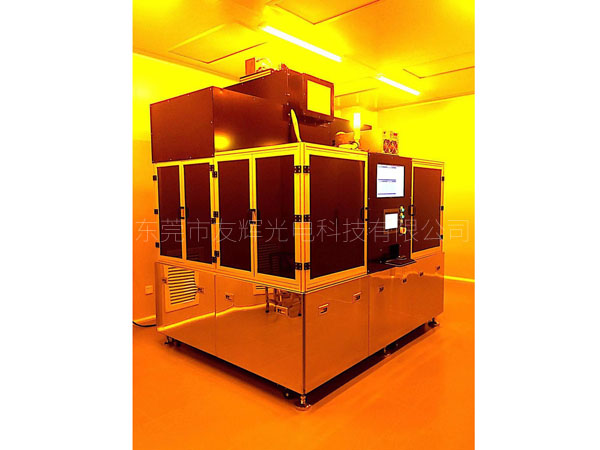
With the demand for high-precision imaging of electronic products, the requirements for the design and manufacture of printed circuit boards are also increasing. This has driven the development of exposure equipment required for PCB production. To this end, the development of parallel light exposure equipment is the key to making dense and thin lines. The article introduces the working principle of parallel exposure machine and graphics transfer technology, follow the small series to understand in detail.
This type of device has only one tube, and the exposure table is also divided into two mirrors, which use the principle of light refraction. When the two faces are simultaneously exposed, the exposure of the upper and lower lamps is separated. The first exposure is performed first, and a mirror reflects the light to the upper mirror of the table top and then refracts to the exposure table. When the downlight is exposed, the light is directed directly into the mirror below and then refracted onto the table. Therefore, when using the line exposure machine for exposure, the energy of the lamp will be greater than that of the lamp, exposure and level. The number will be the same.
1, the light source
The light source required for dry film exposure in the printed circuit board process is mainly near-ultraviolet light, and the wavelength range is: 400 nm to 300 nm; the ultraviolet light source is mainly a mercury arc lamp. When the current is sealed through a glass filled with inert gas and metal vapor, an arc is generated. The simple principle is that the free electrons in the sealing tube are accelerated by the electric field and have sufficient energy to ionize the inert gas (such as helium) that is collided with it. After the collision, the positively charged erbium ions go toward the opposite electrode, and when they encounter the electrons, they combine with each other to become neutral. Due to its collision and the combination of positive and negative energy, a thorium atom in an excited state is produced. The excited state of the ruthenium atom has a long lifetime, and the excitation energy can be transferred to the metal vapor (for example, mercury atom) existing in the sealing tube to be excited. The excited state mercury then releases the energy in a manner that emits light energy to return to a stable state. This is the principle of the arc lamp.
2, the light path
The light from the light source is partially passed through a concentrator and then reflected through a dielectric cold mirror or a two-way aluminum mirror. The two mirrors can also be used as infrared filters for two-way aluminum mirrors. The infrared light is transmitted through, and the heat is absorbed by the heat sink. The remaining luminescence is 90° refracted through another combination of lenticular lenses (commonly known as Light Integrator), where the infrared light is filtered out, leaving almost pure UV light, an appearance It is blue light with a wavelength between 320 nm and 405 nm. Then reach the other two reflective surfaces, generally referred to as parallel light mirrors, which become reflected by parallel rays and reach the working area.